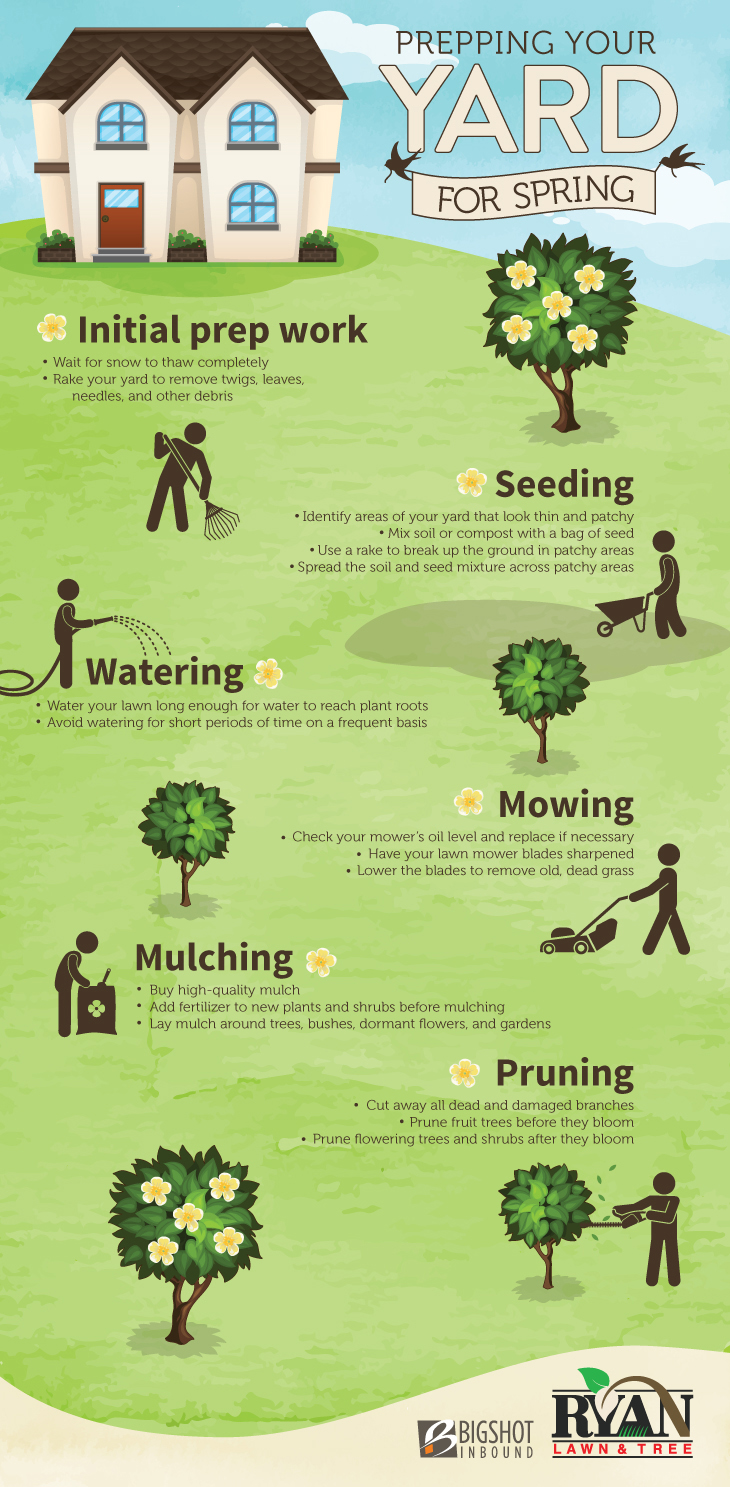Watch For Key Indications That Suggest Your Tree Could Position A Danger; Knowing These Can Shield Your Home And Family.What Should You Monitor Following?
Watch For Key Indications That Suggest Your Tree Could Position A Danger; Knowing These Can Shield Your Home And Family.What Should You Monitor Following?
Blog Article
Post Written By-Lillelund Skovsgaard
When it involves tree care, recognizing the indications that it's time for removal is important for your safety and home. You might see discolored fallen leaves, wilting branches, or weird fungal growths indicating health issue. Read the Full Report , like a considerable lean or fractures in the trunk, can also present risks. Understanding these warning signs can help you make educated decisions concerning your trees and stop potential dangers prowling in your backyard. What should you look for next?
Signs of Degeneration and Illness
When you see indicators of decay and condition in your trees, it's important to act promptly. Look for discolored leaves, wilting branches, or unusual developments like fungi. These can show that your tree is struggling.
If you see splits in the bark or soft, mushy wood, these signs and symptoms suggest internal degeneration. In addition, an unexpected increase in insects around your tree can signify that it's compromised and susceptible.
Check for any dead or passing away arm or legs, as they position a risk to your building and safety and security. If you doubt about what you see, consulting an arborist can offer clearness.
Attending to these indicators early can save you from more extensive damages and make certain the wellness of your lawn. Do not wait up until it's too late.
Structural Instability and Leaning
As you observe your trees, keep an eye out for any indicators of structural instability or leaning. If a tree leans significantly, it might show that the origin system is endangered.
Look for any type of fractures in the trunk or dirt around the base; these can indicate potential failure. Furthermore, check for uncommon growth patterns, like an uneven crown, which might suggest that the tree is having a hard time to hold itself upright.
If https://www.bhg.com.au/autumn-landscaping-ideas observe that the tree leans toward your home, power lines, or other structures, it presents a better risk. Don't neglect these signs-- seek advice from an arborist to evaluate the scenario.
Taking action early can prevent pricey damage and guarantee your safety.
Dead or Perishing Branches and Vegetation
If you notice dead or dying branches and vegetation on your tree, it's a clear indication that something's incorrect.
These harmful areas can suggest underlying problems like illness, pest problems, or ecological anxiety. When branches lose their fallen leaves or transform brown, they're no longer contributing to the tree's health and wellness. Overlooking these indications can bring about further decrease, making your tree more dangerous.
Dead branches can quickly break short throughout storms, presenting a risk to home and people nearby. It's important to assess the extent of the damage.
If the trouble affects a significant part of the tree, consider speaking with an expert. They can assist identify if removal is necessary to make sure safety and maintain the elegance of your landscape.
Verdict
If you see any type of indications of decay, structural instability, or dead branches on your trees, don't neglect them. These signs can present serious security dangers to you and your residential property. When Should I Trim My Trees 's constantly best to speak with a specialist arborist that can give a specialist assessment of your trees. Acting early can prevent crashes and costly damage, ensuring your landscape remains risk-free and healthy and balanced. Remember, it's better to be aggressive about tree care than to wait for a disaster to take place.
